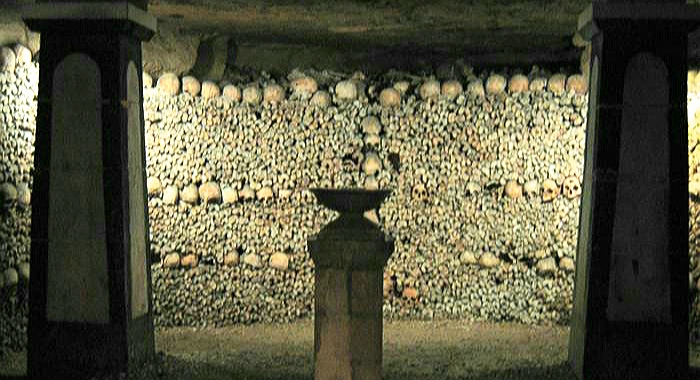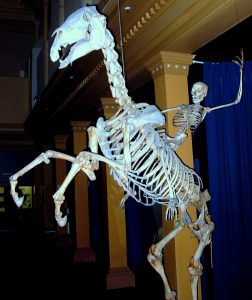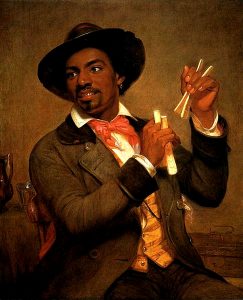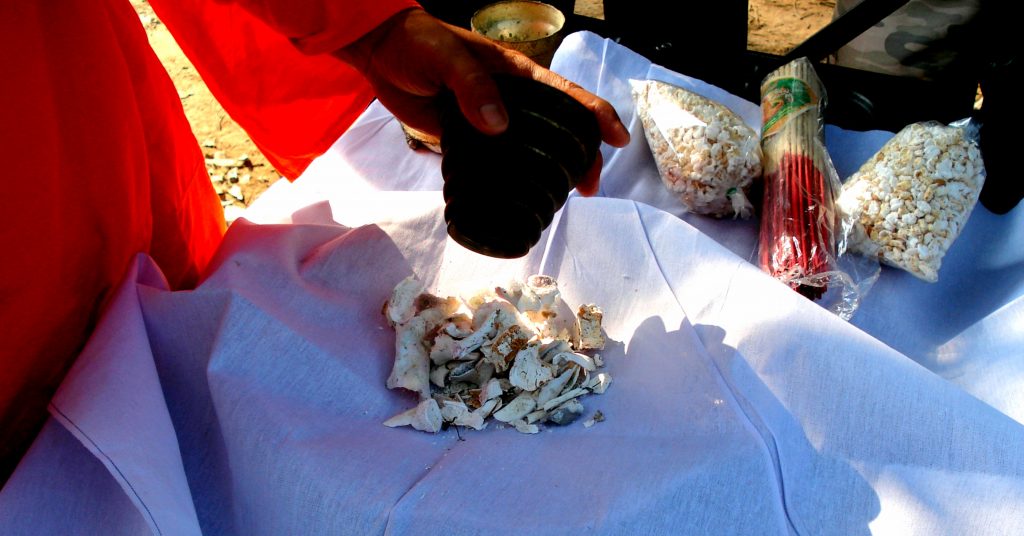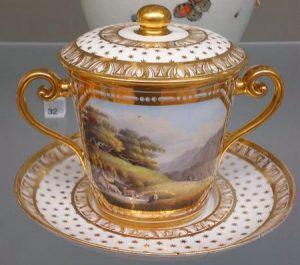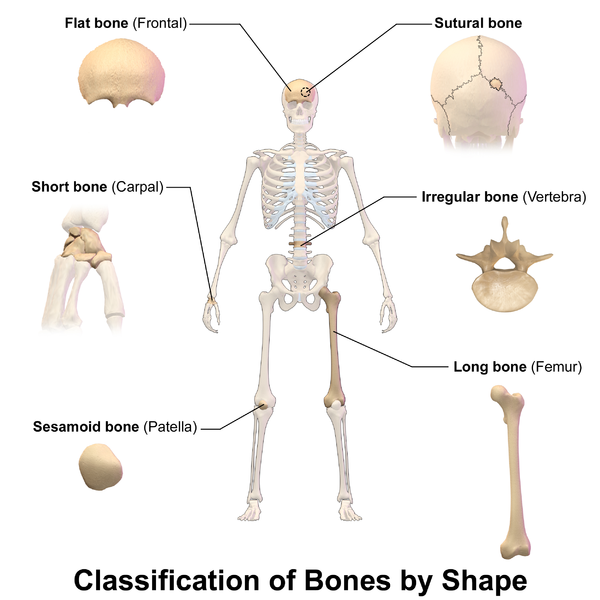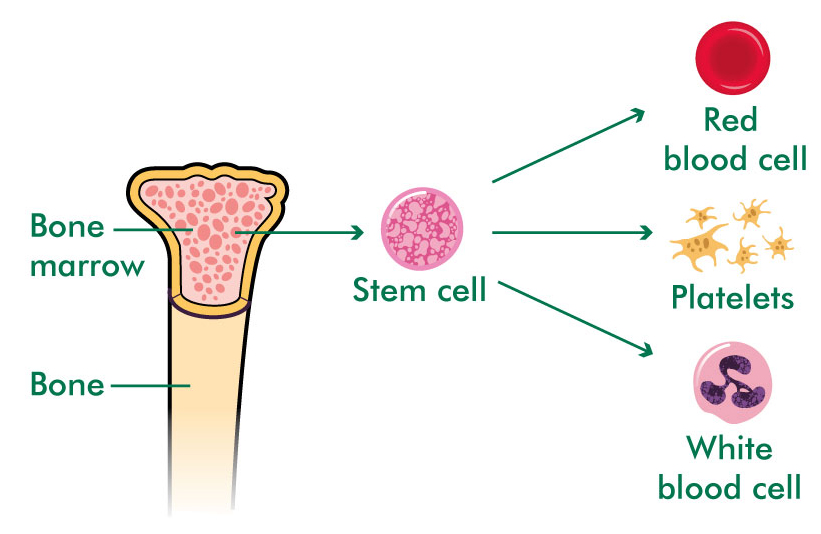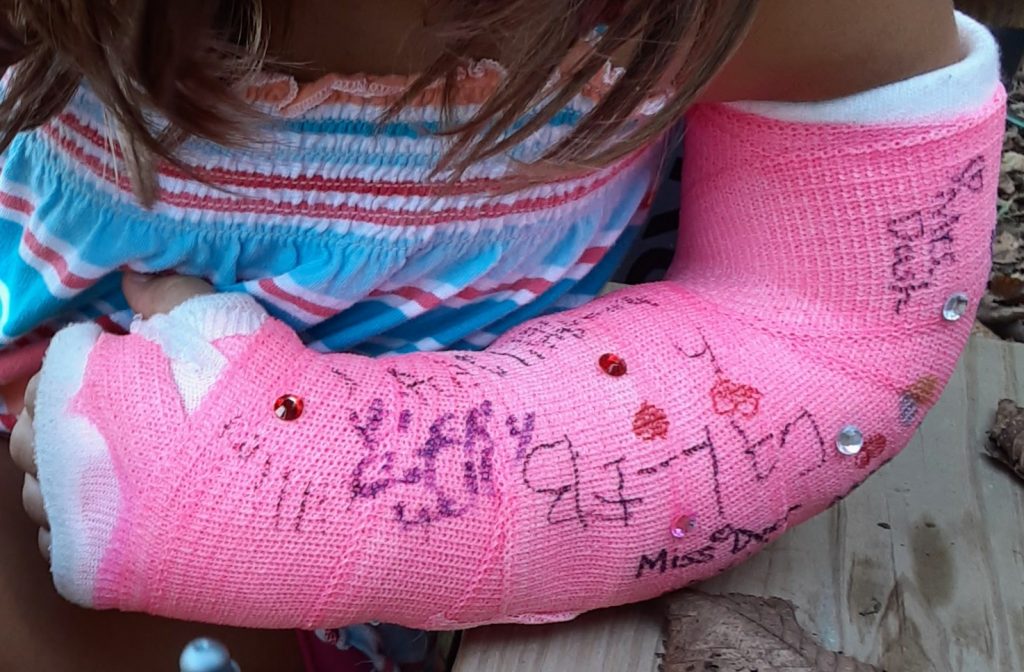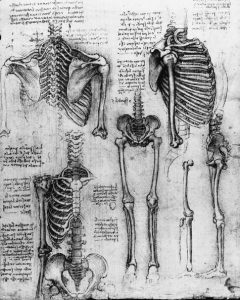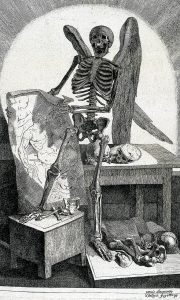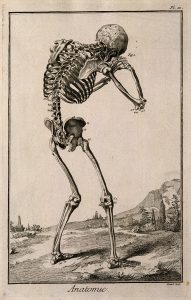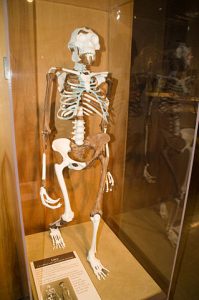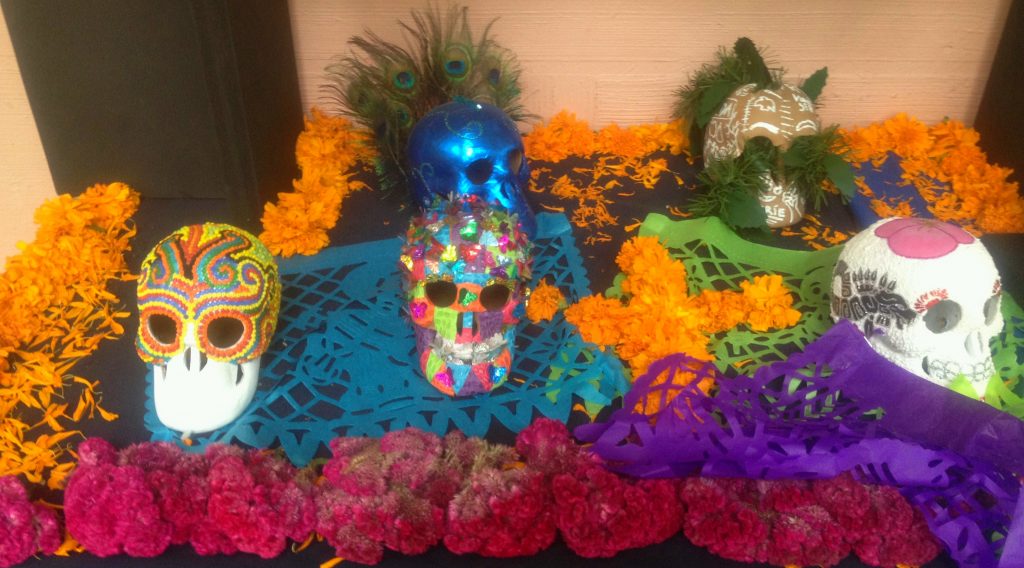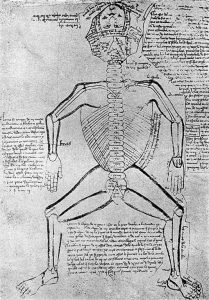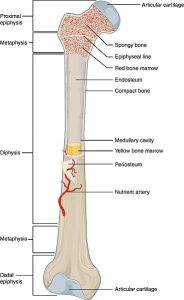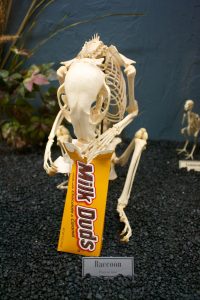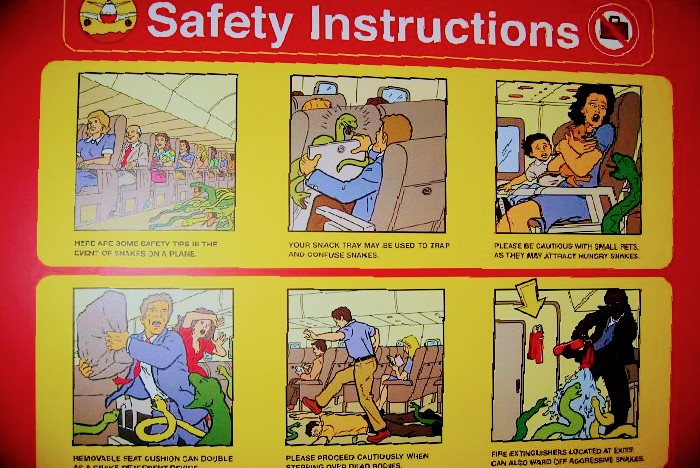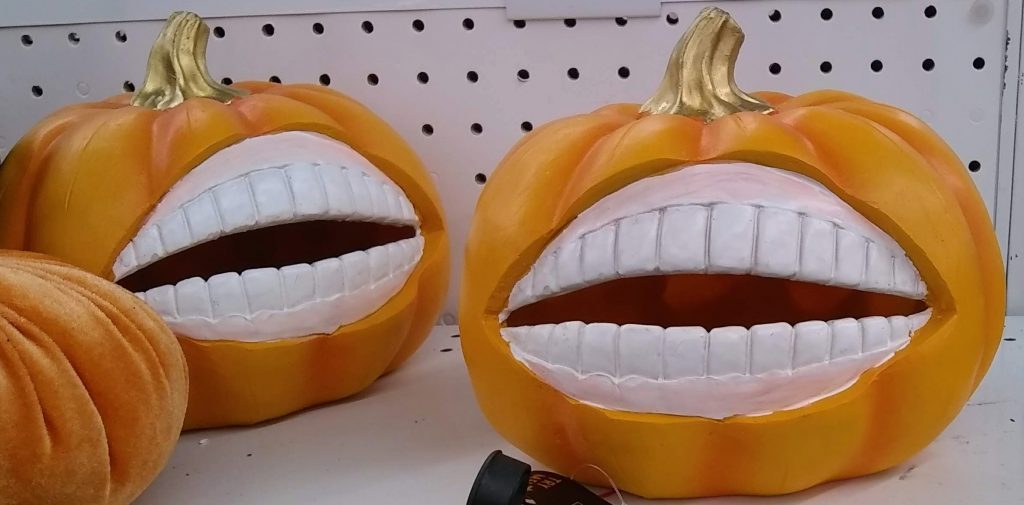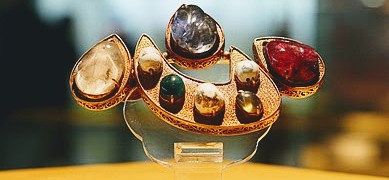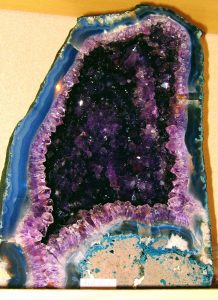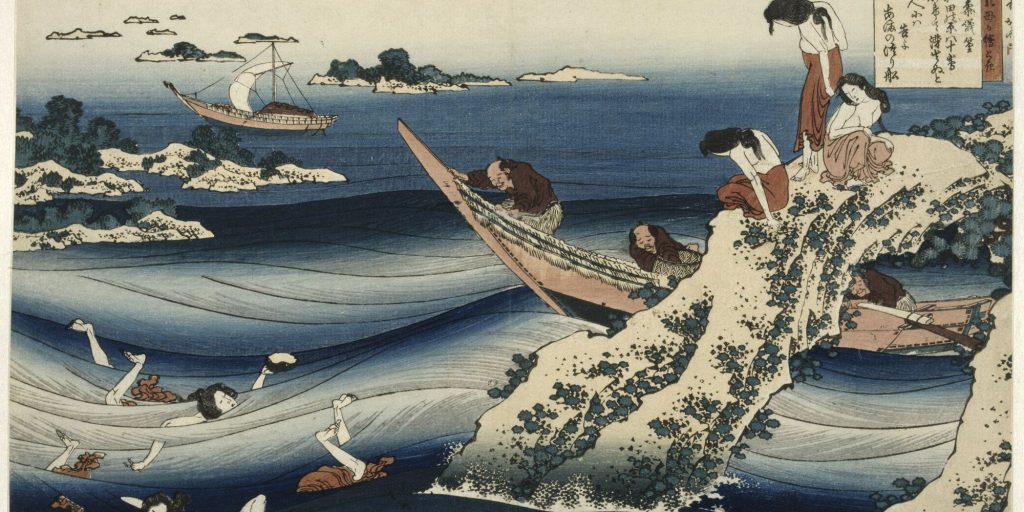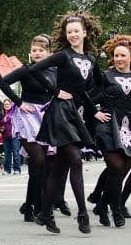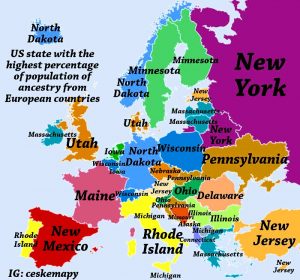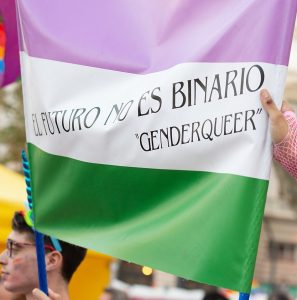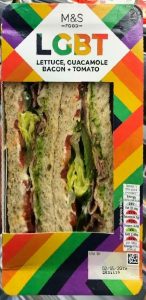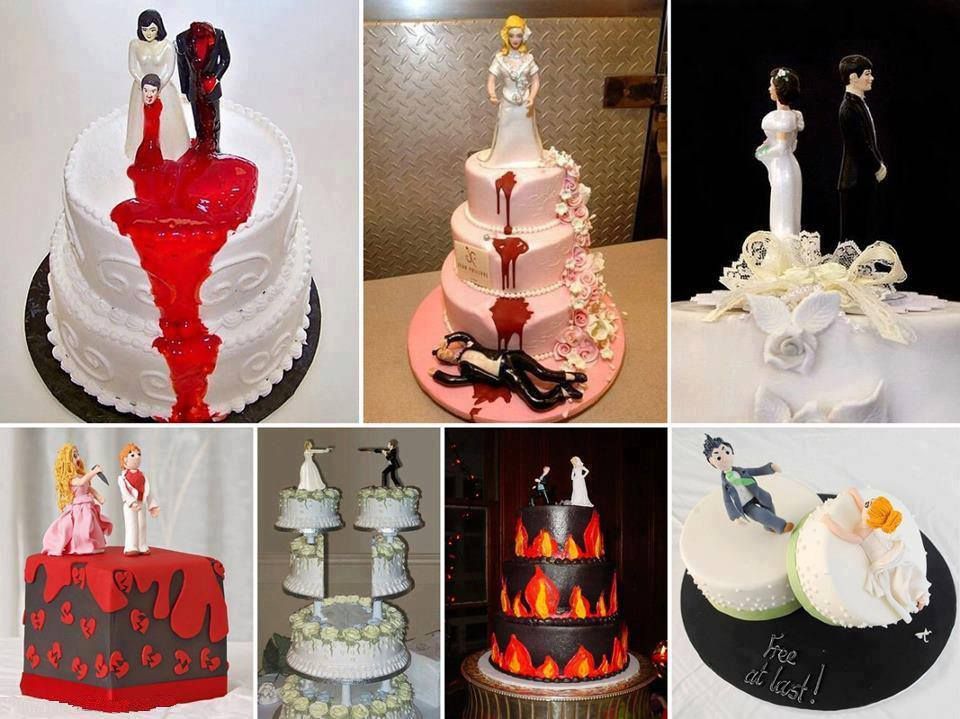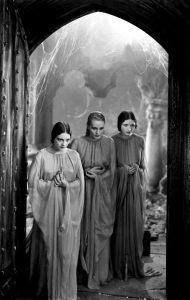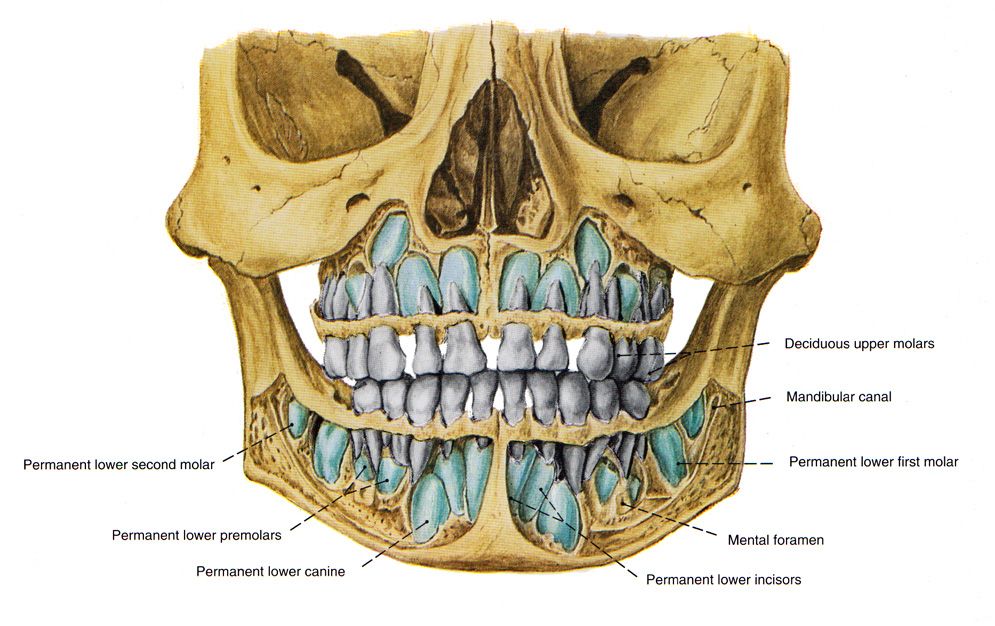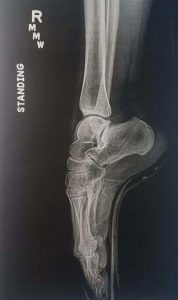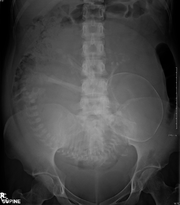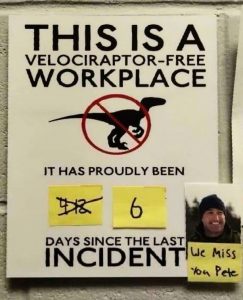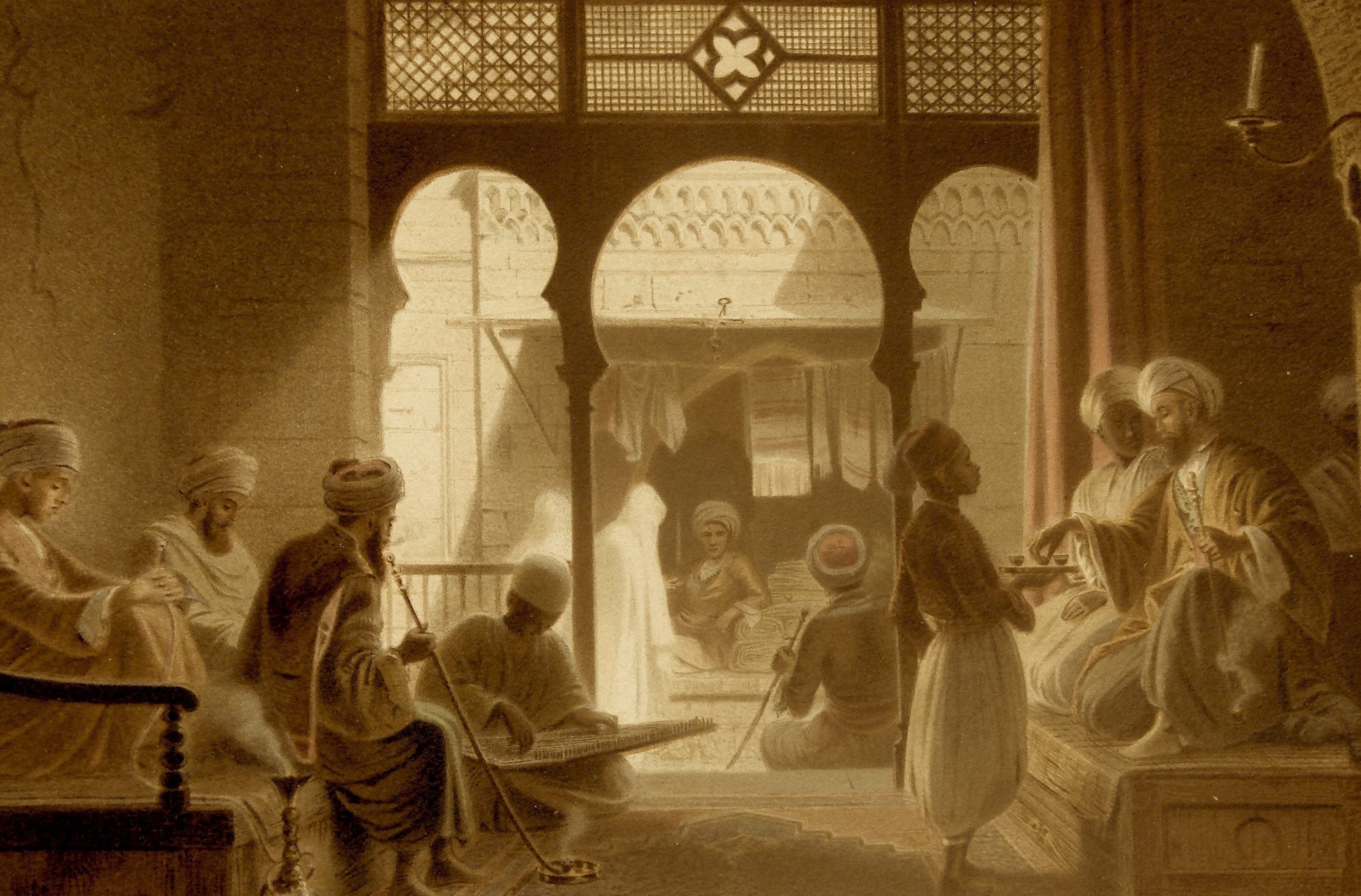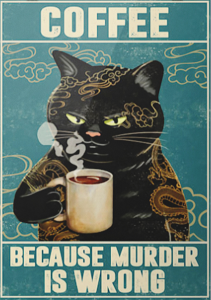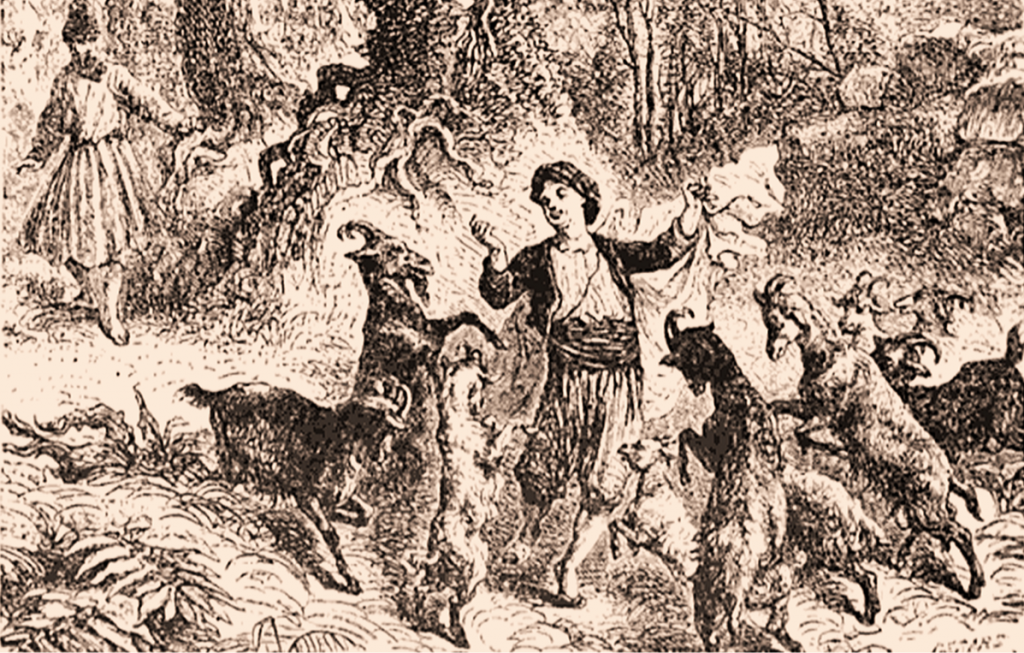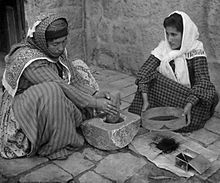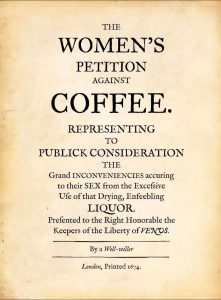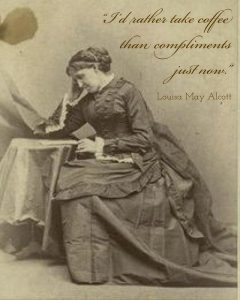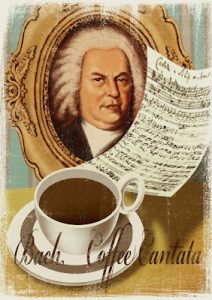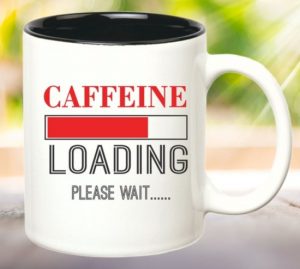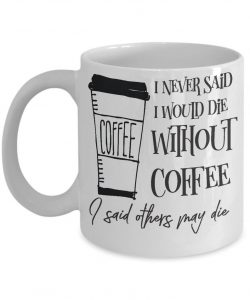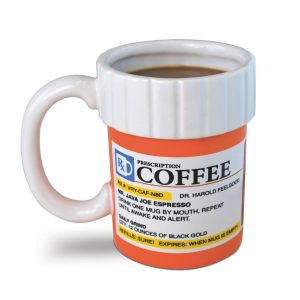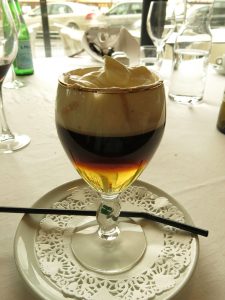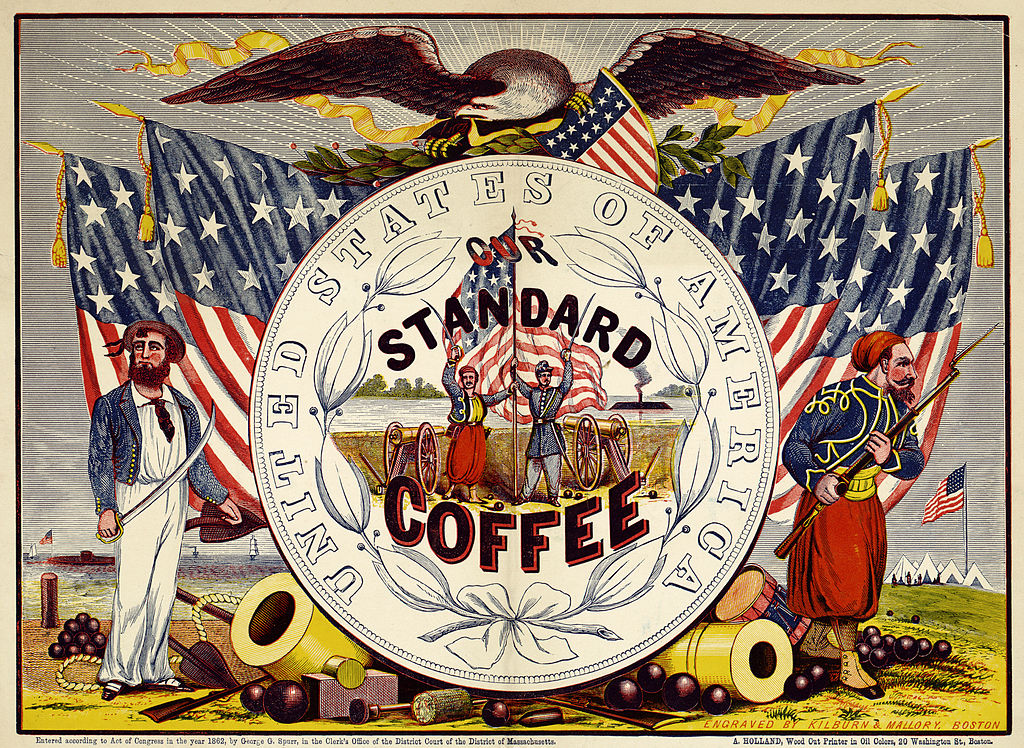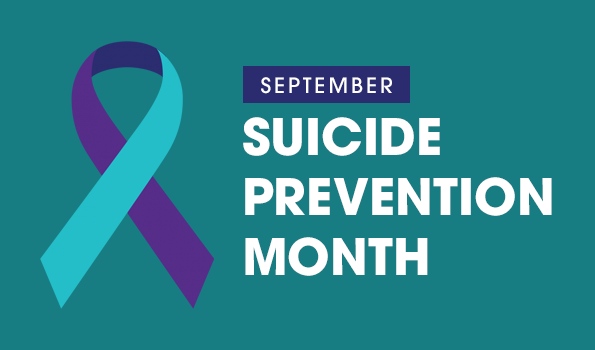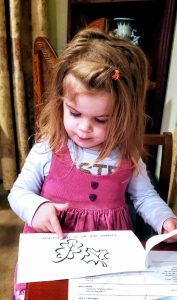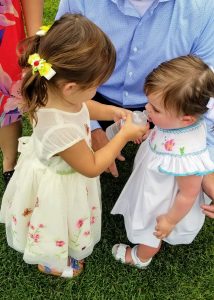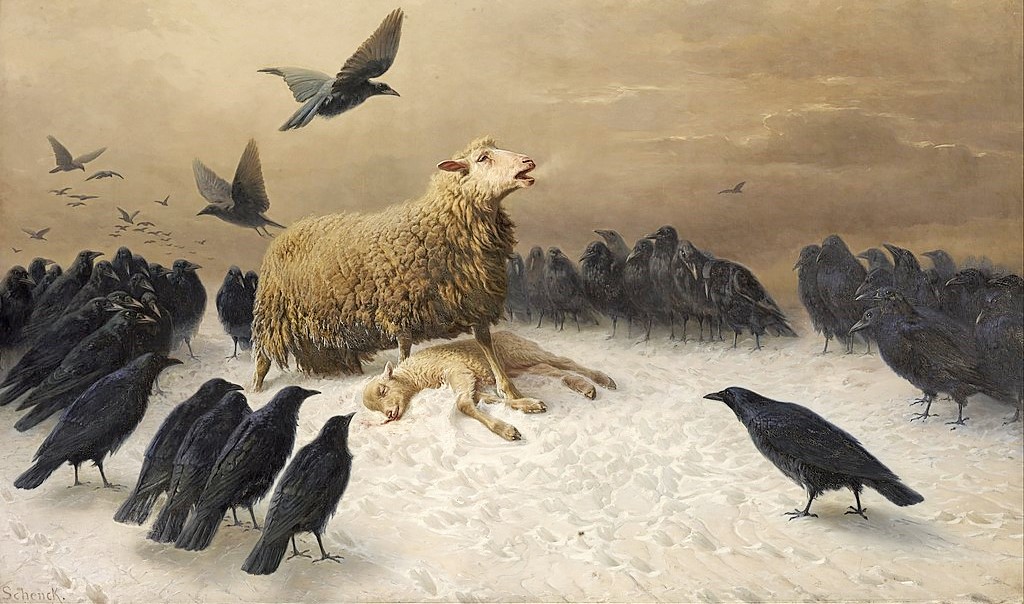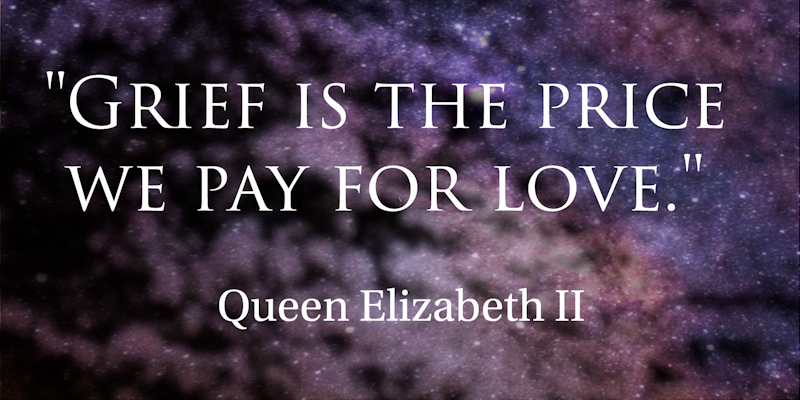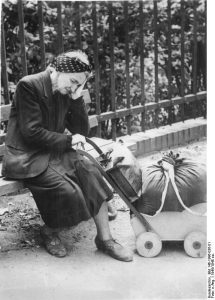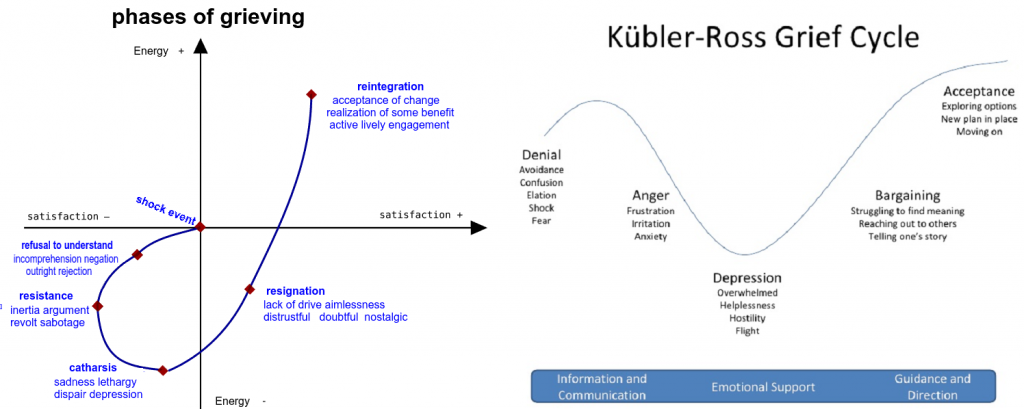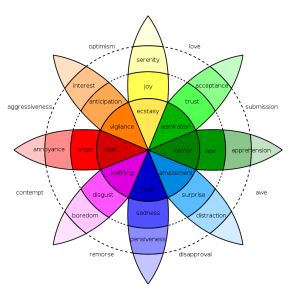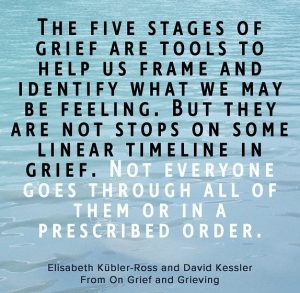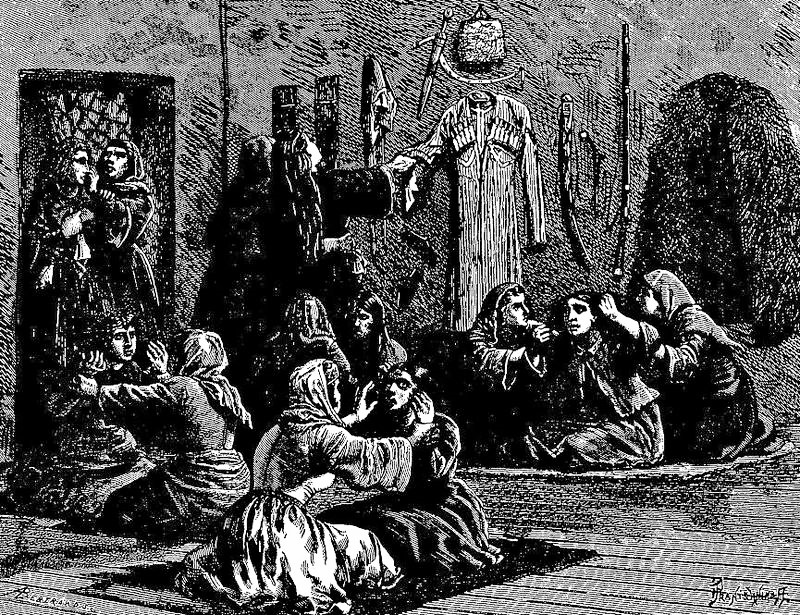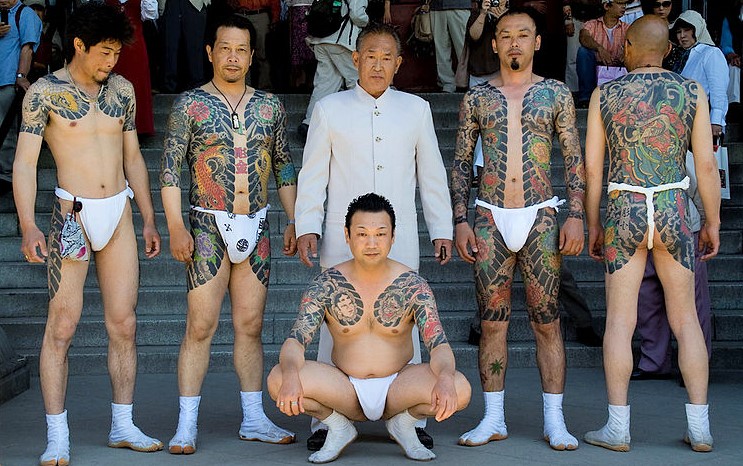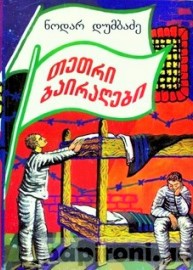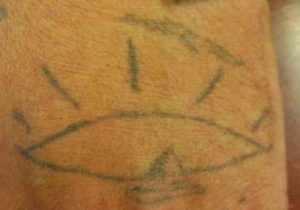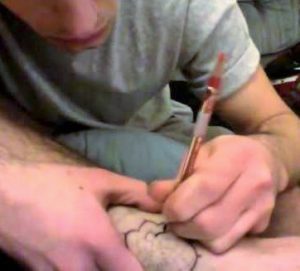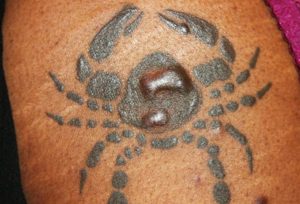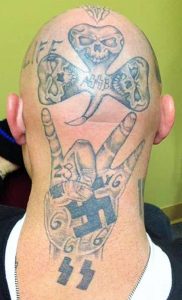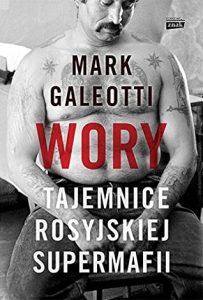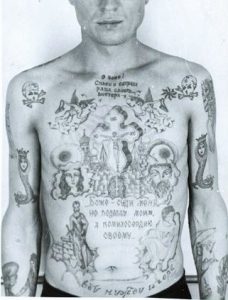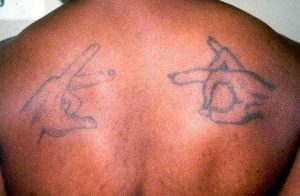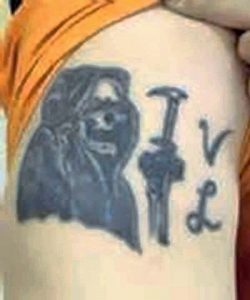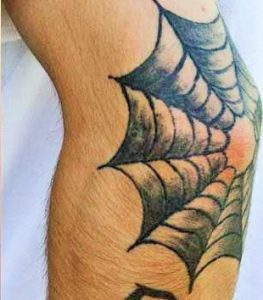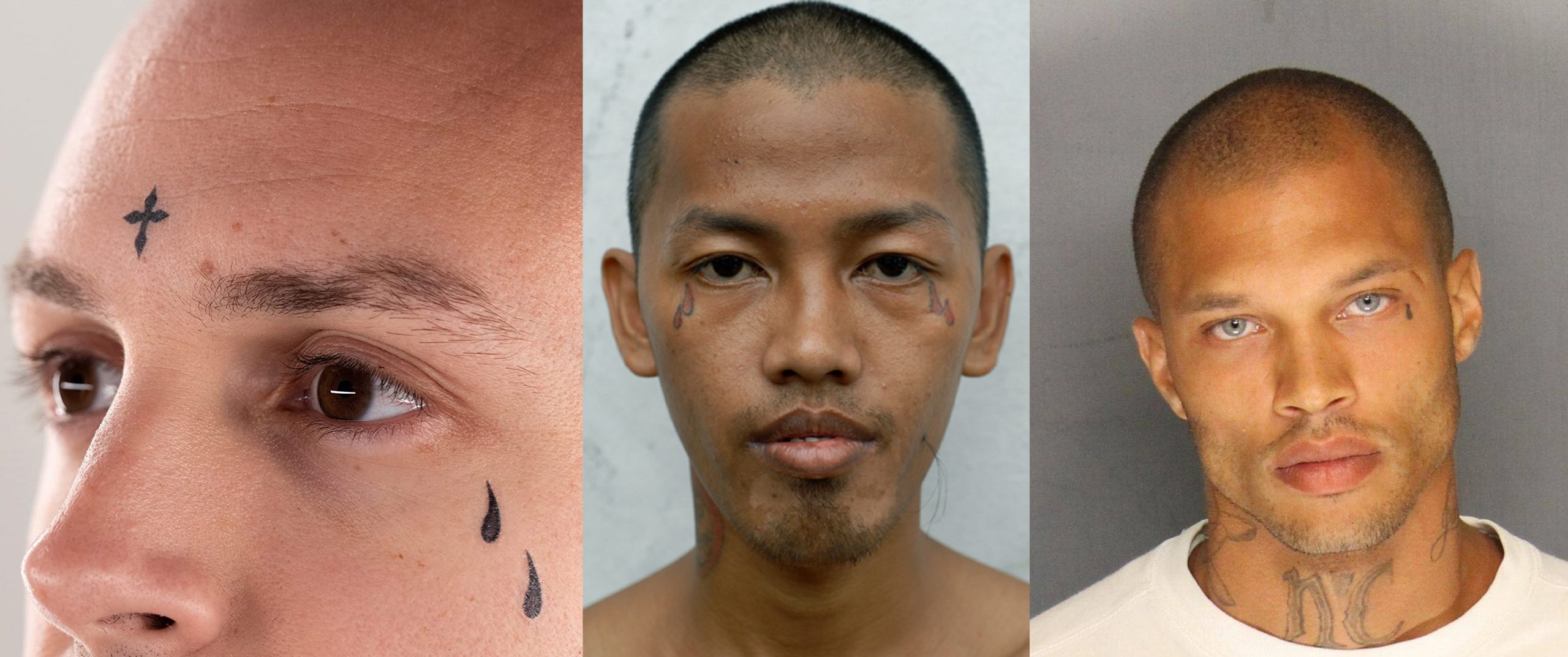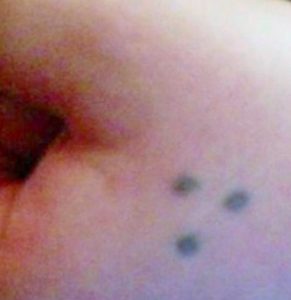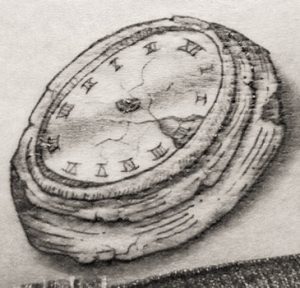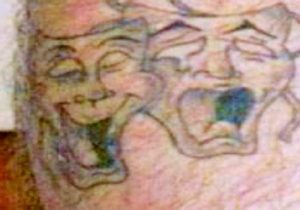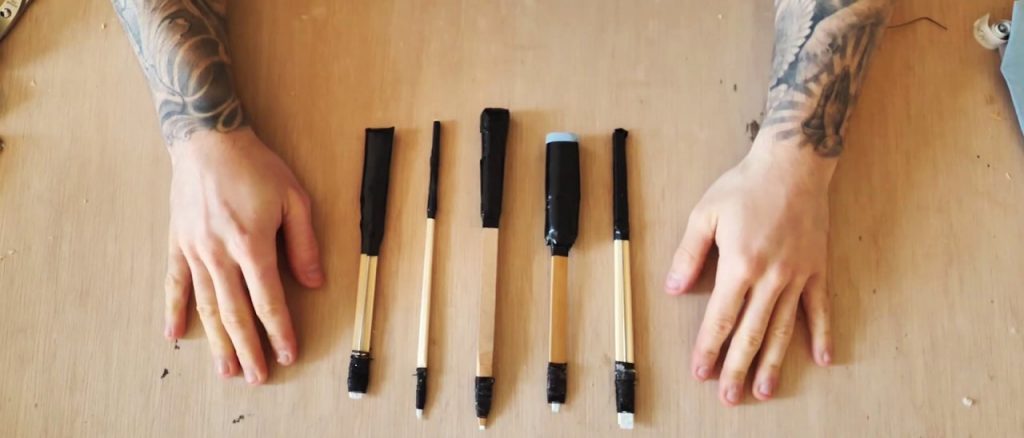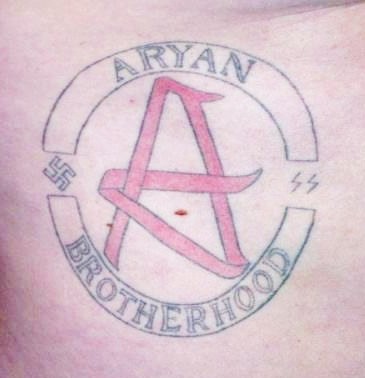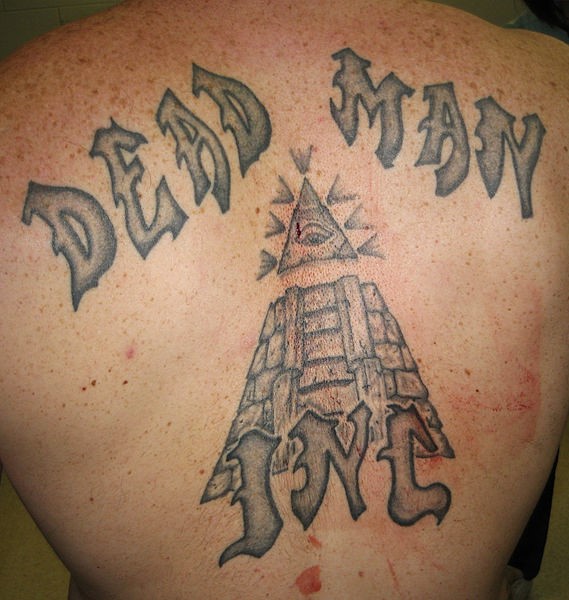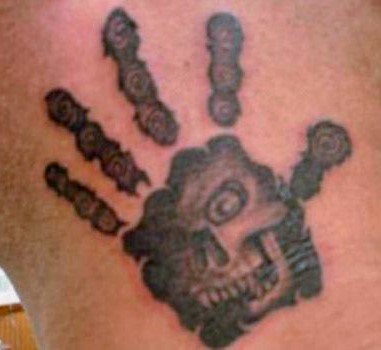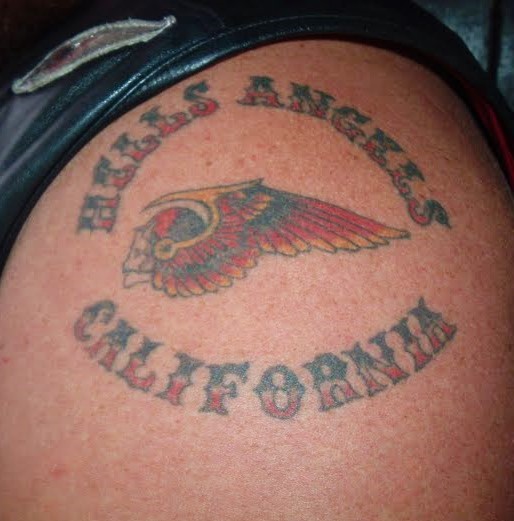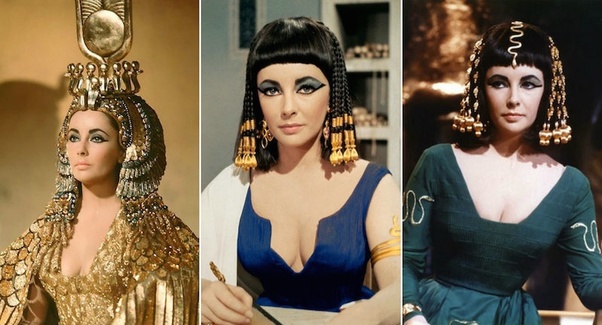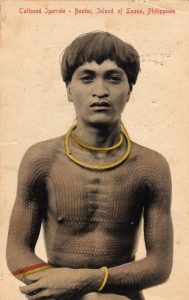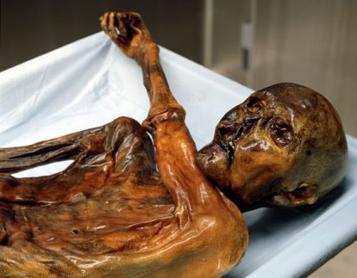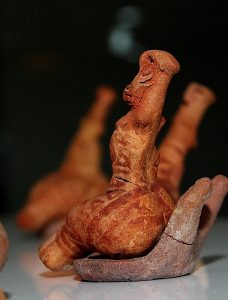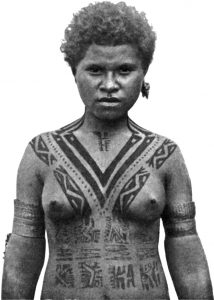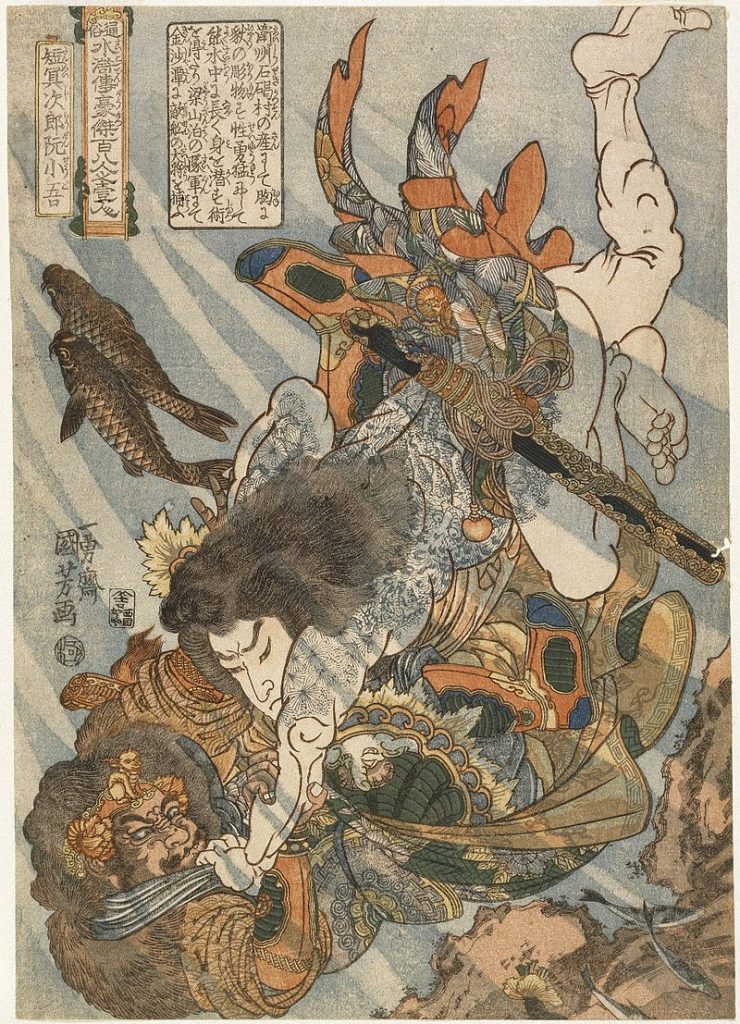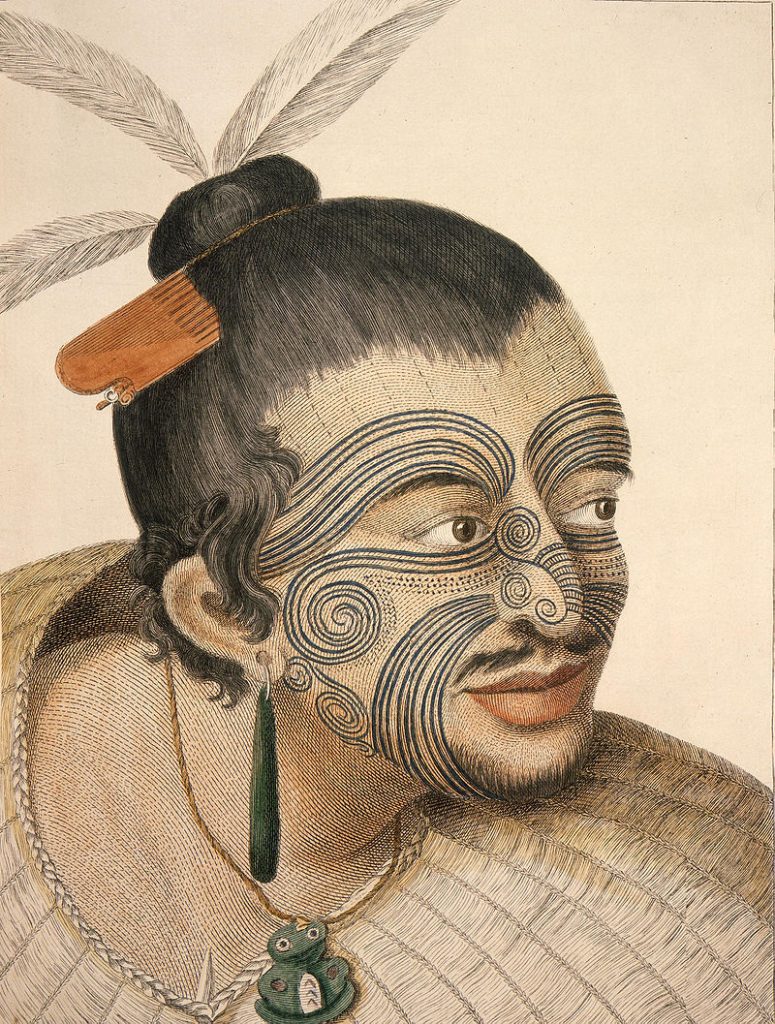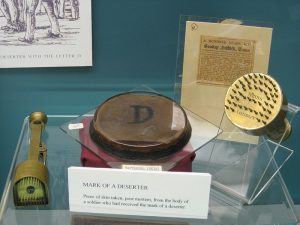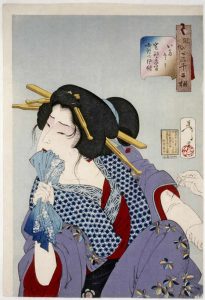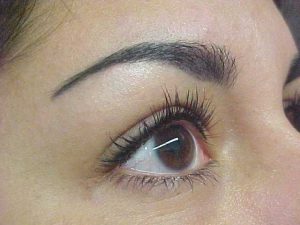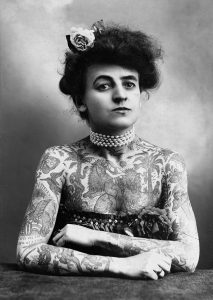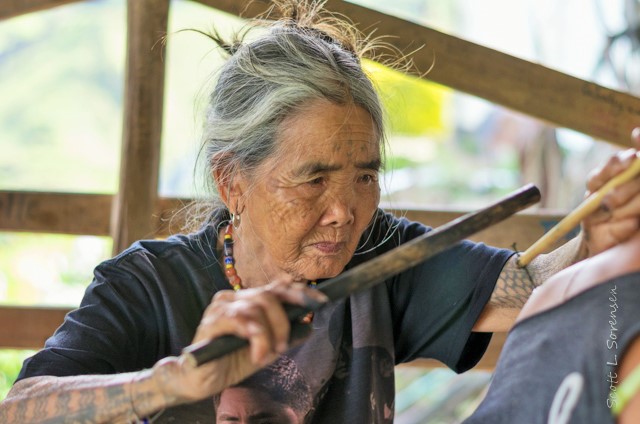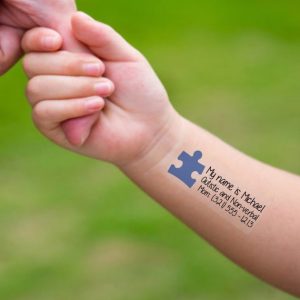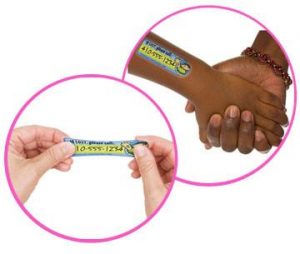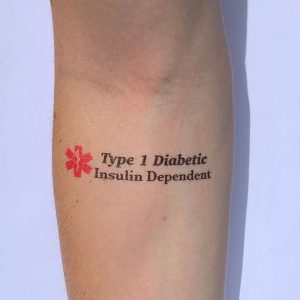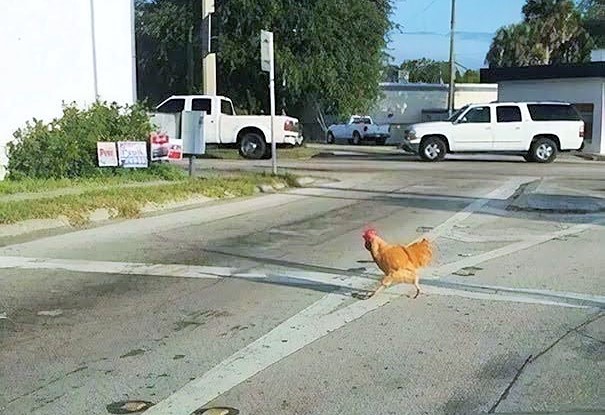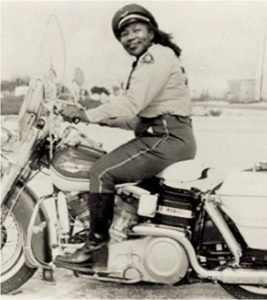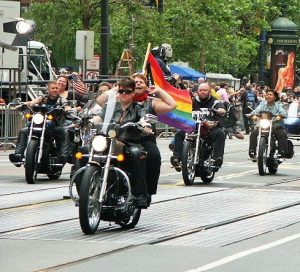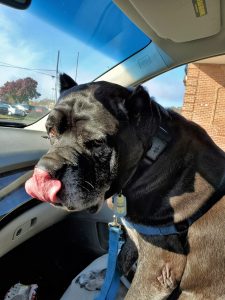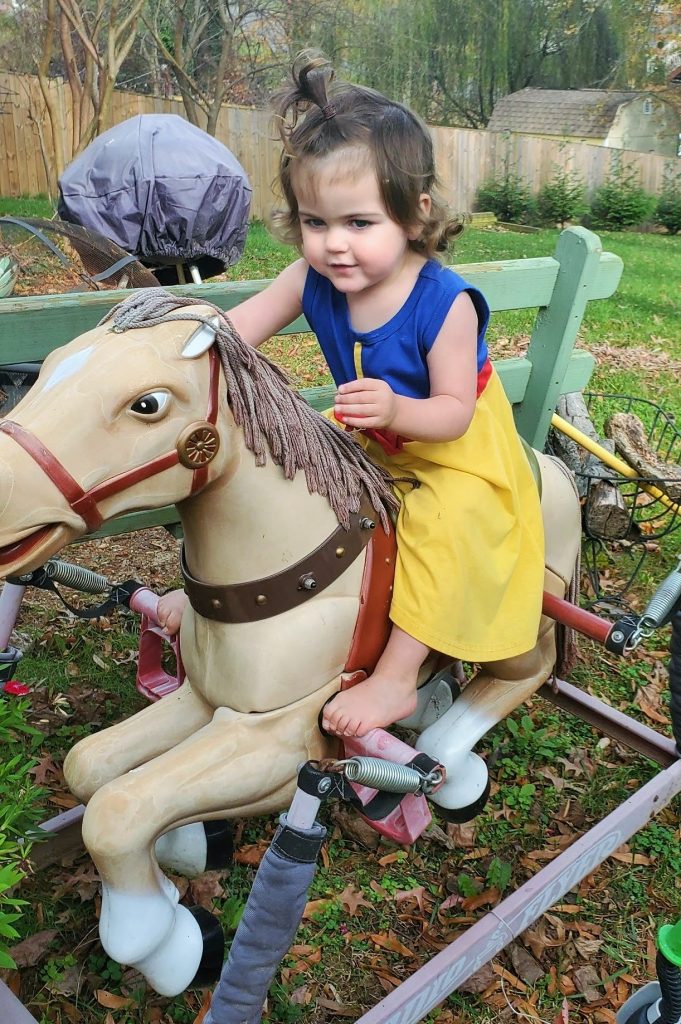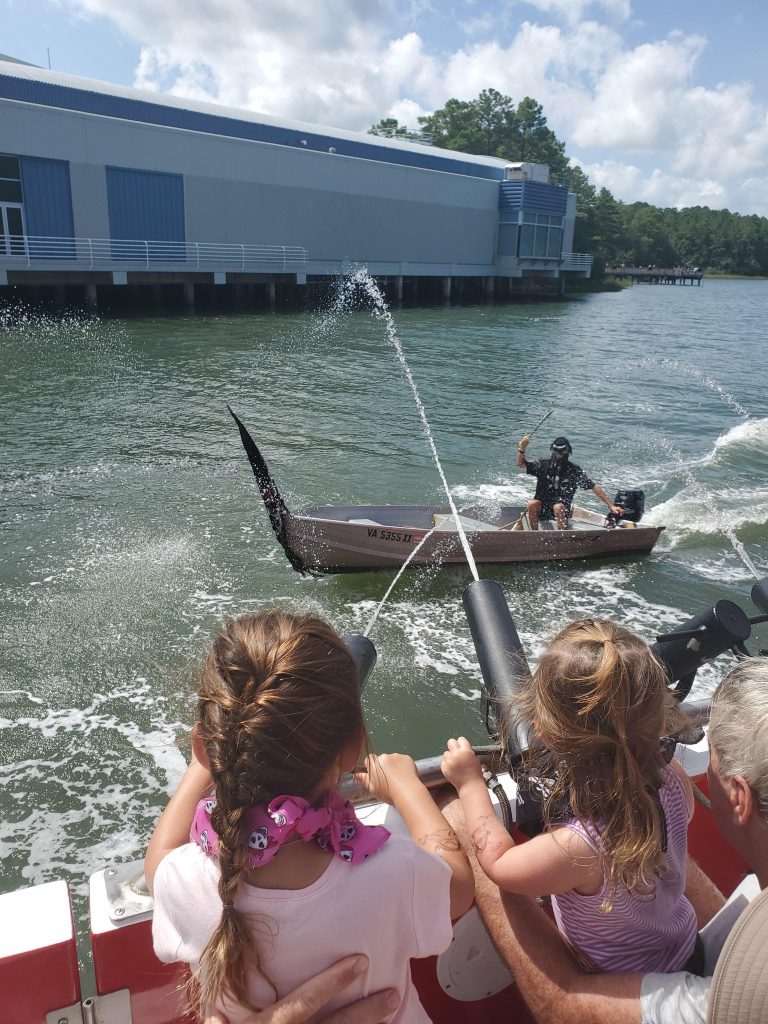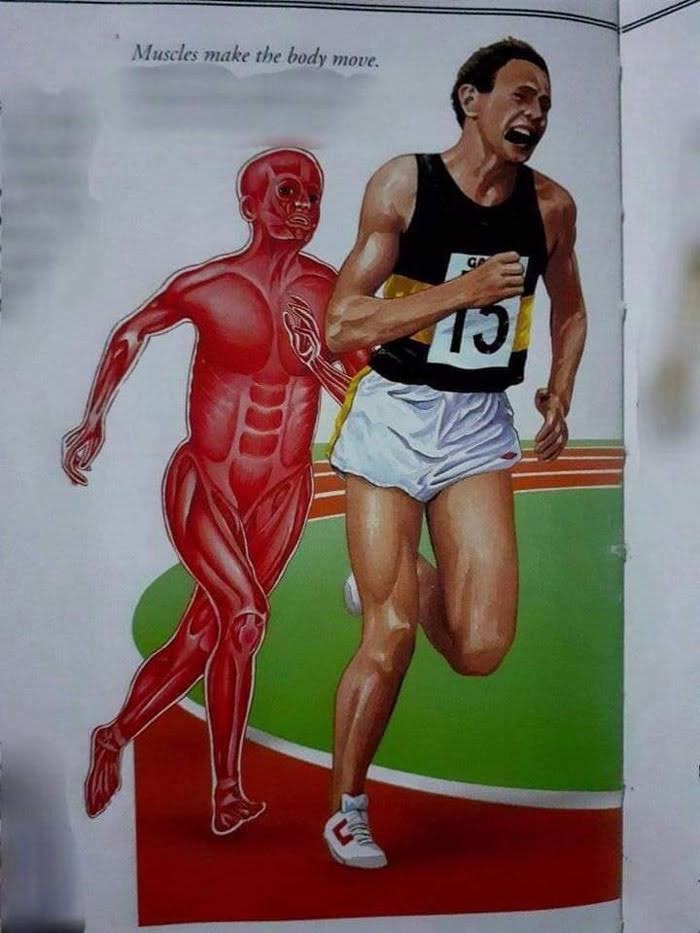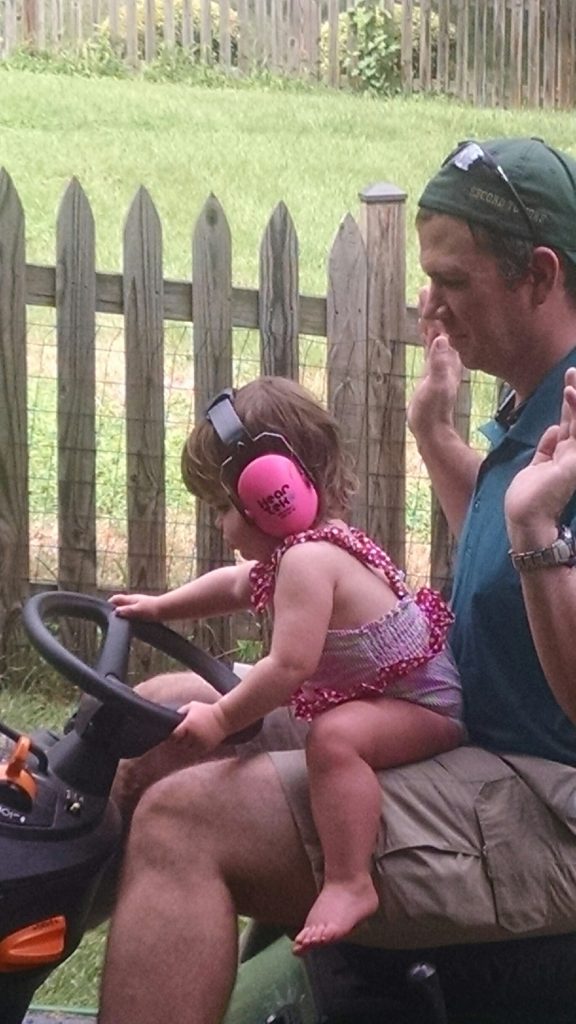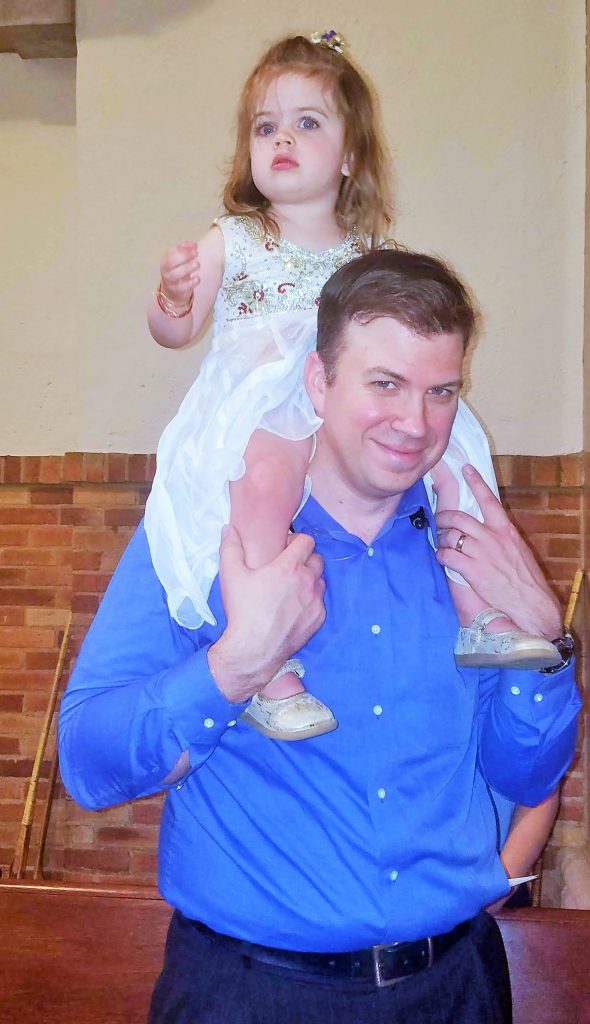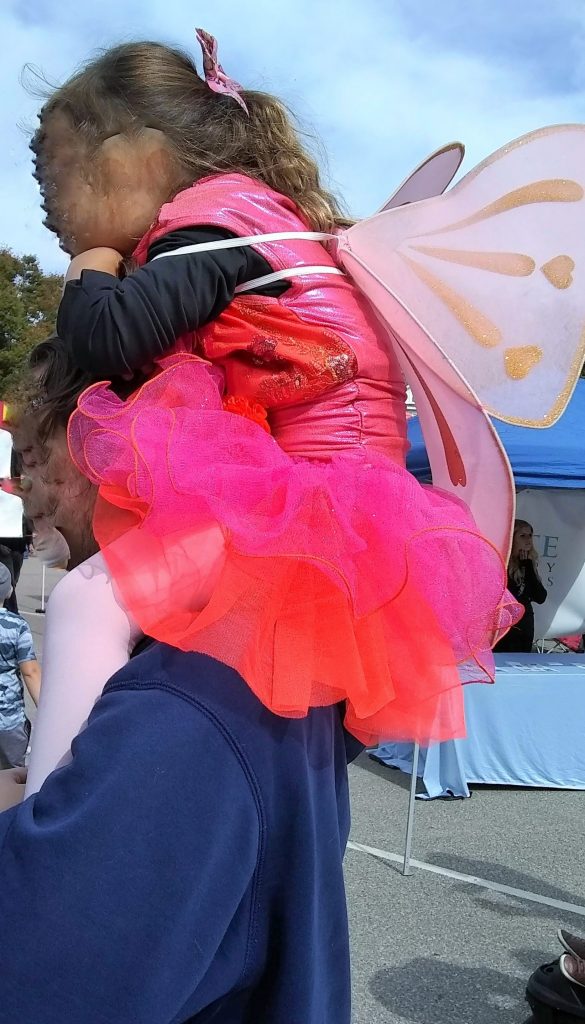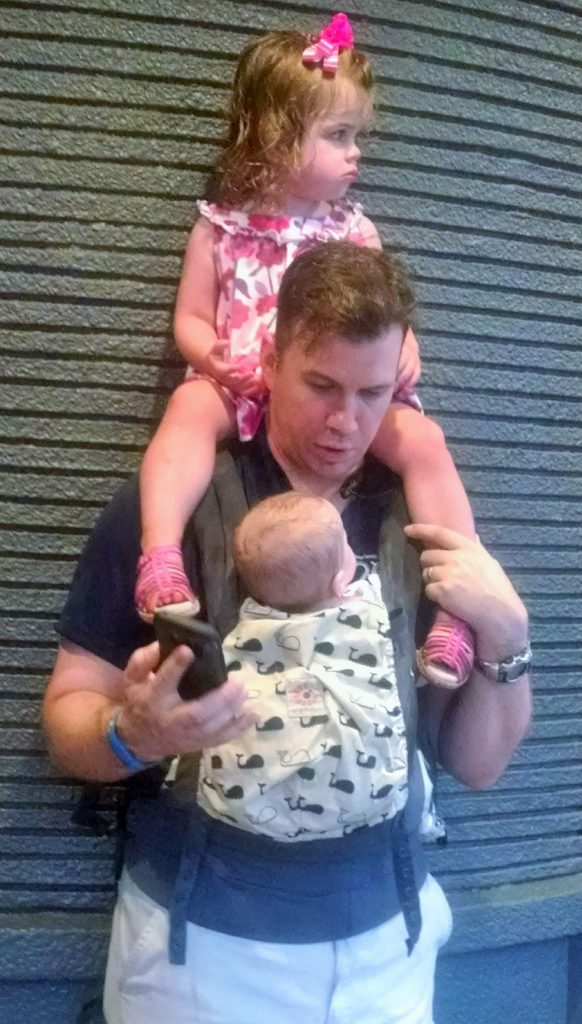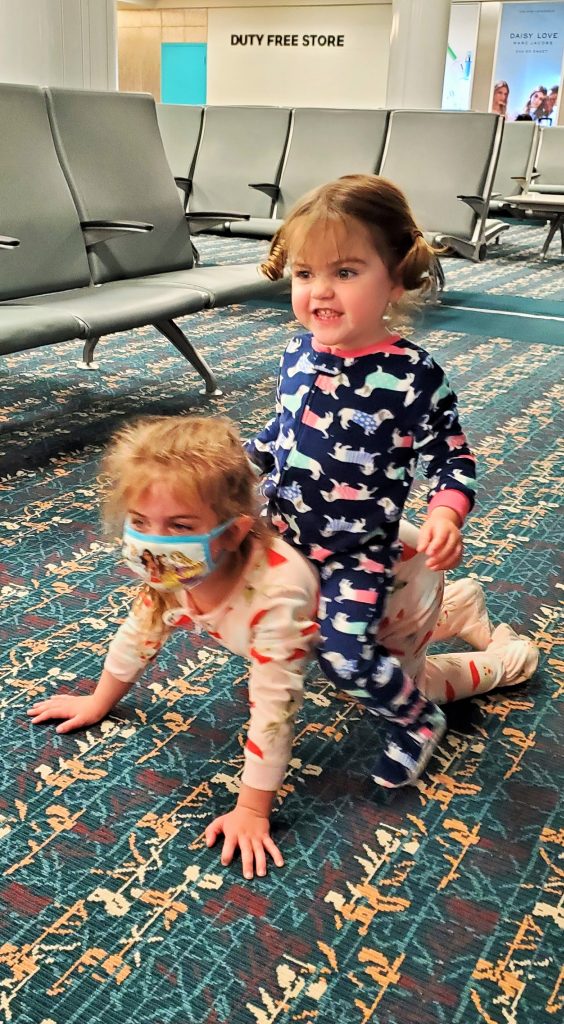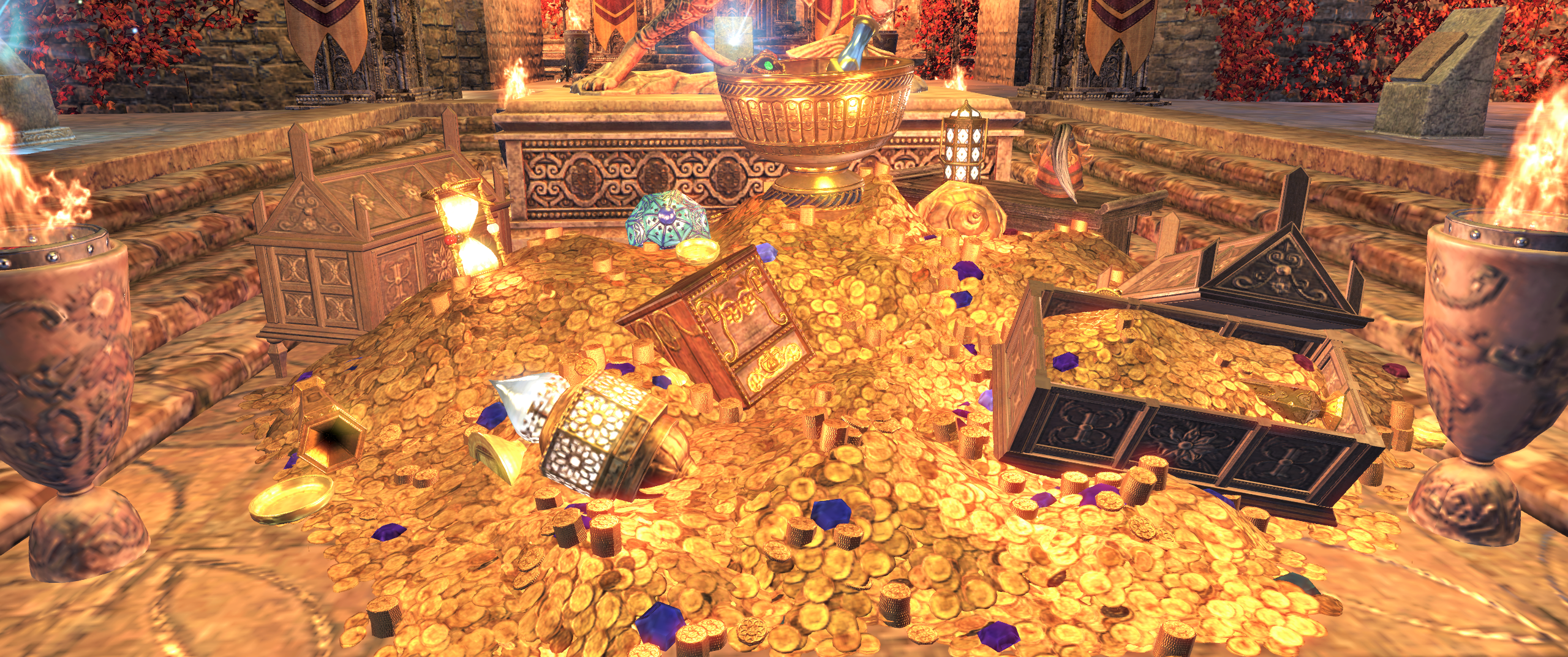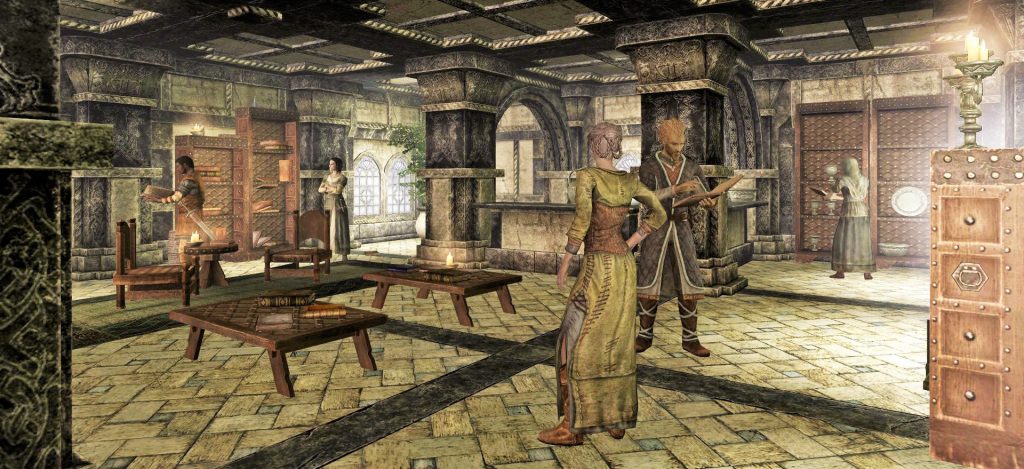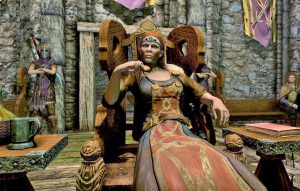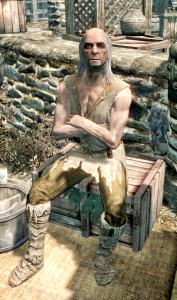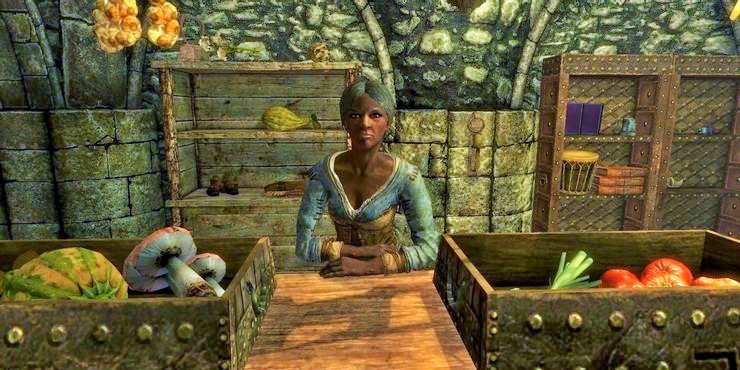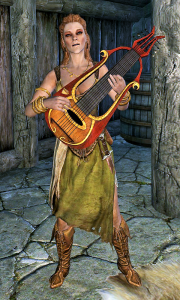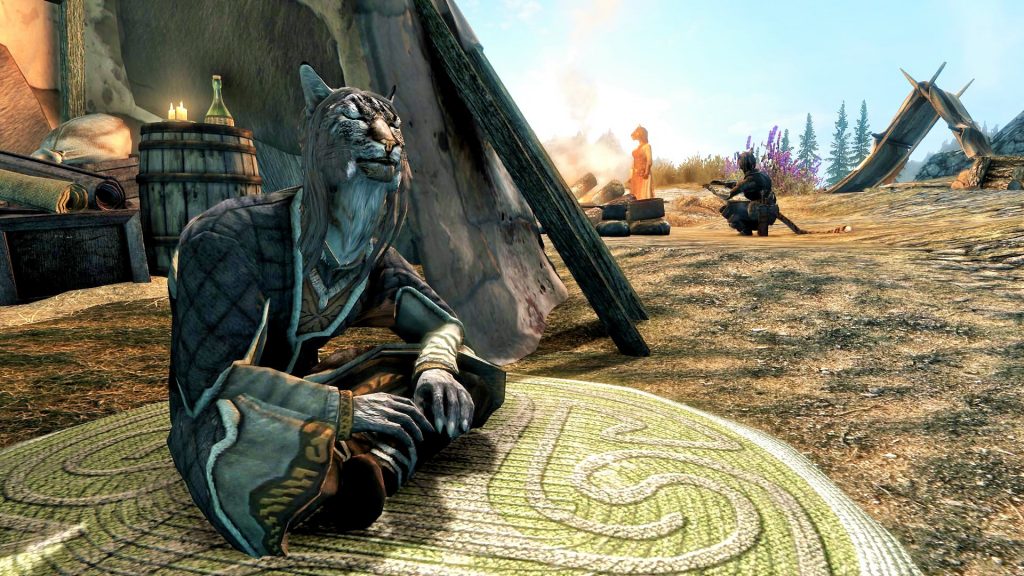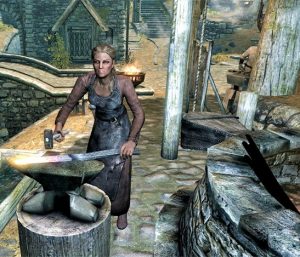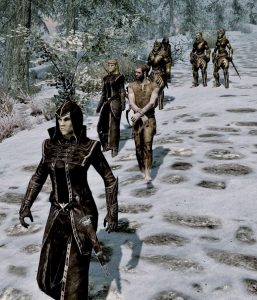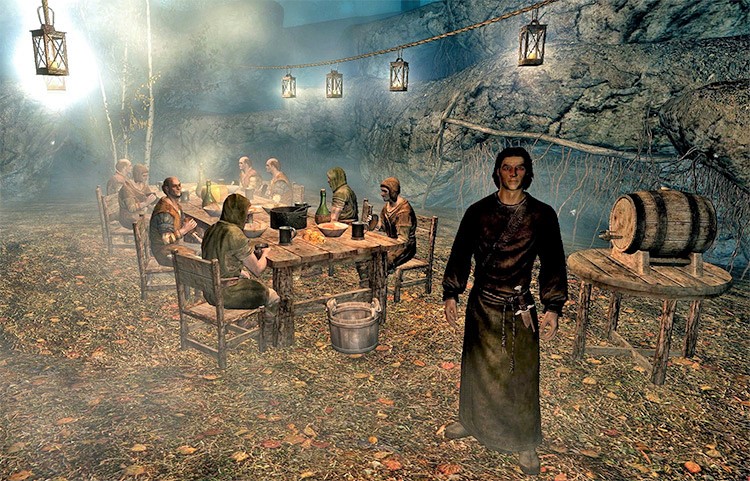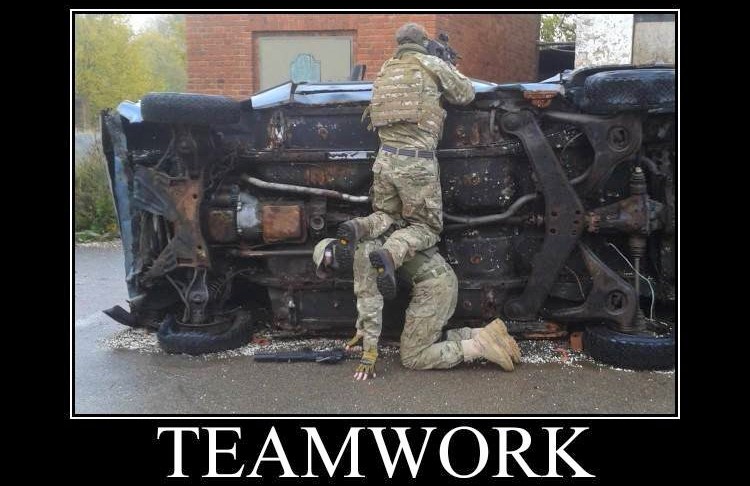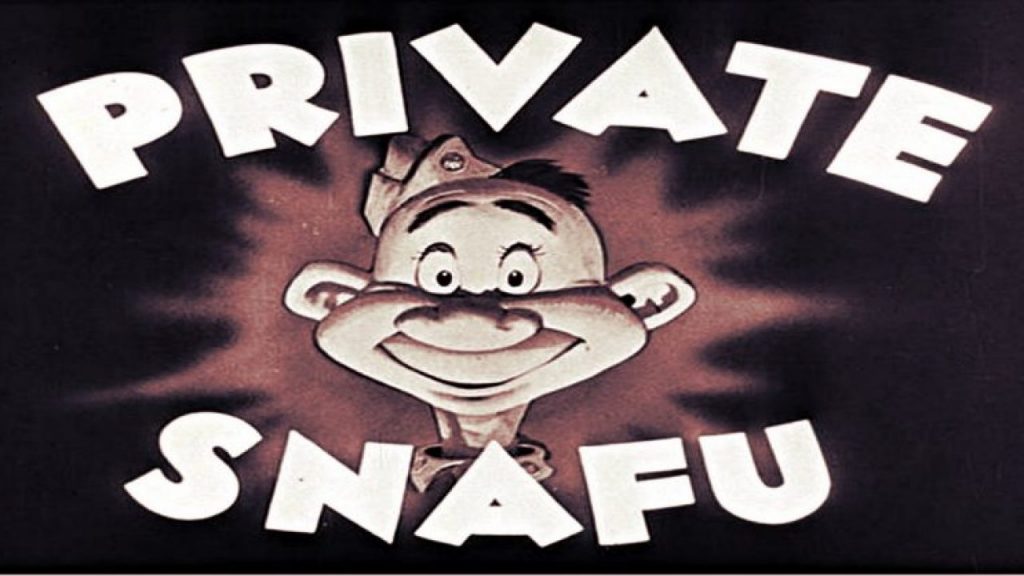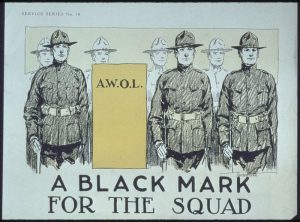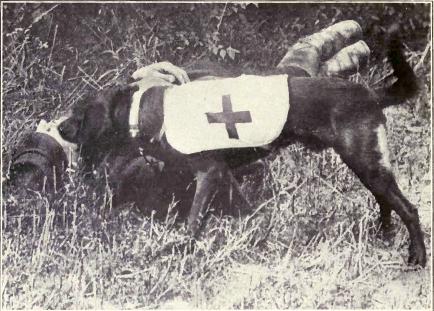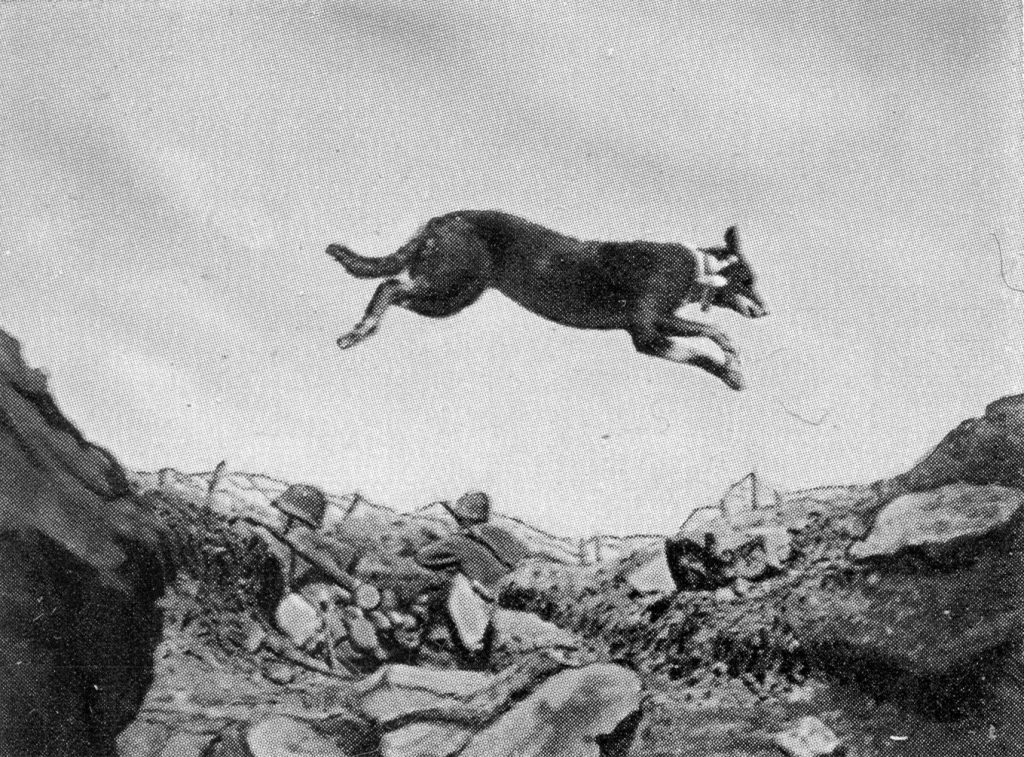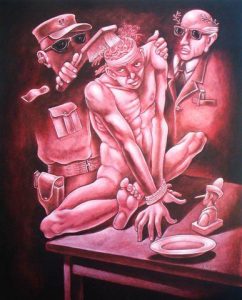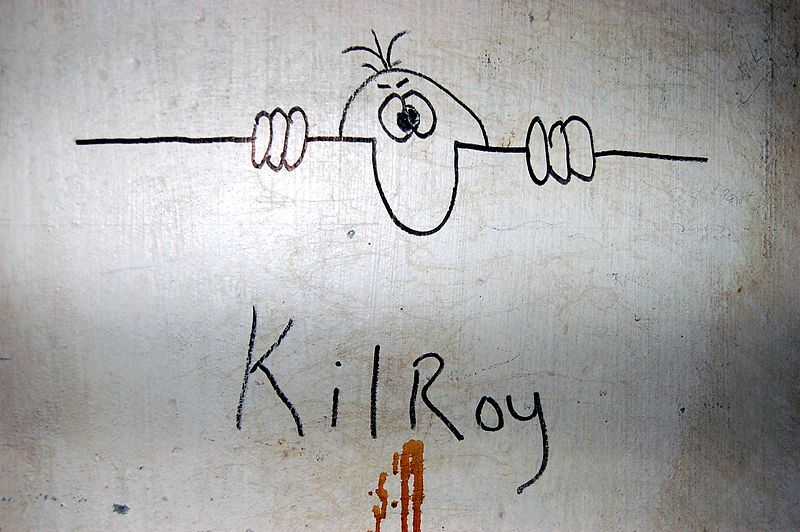
We’ve all got bones. The average adult has 206 of them. Babies are born with 300 bones, but with age, tiny bones fuse together to form the larger bones of the skeletal system. So, when we think bones, we often think skeletons.
But Wait! There’s More!
Humans have had multiple uses for skeletal remains since prehistoric times.
Imagine sitting down to a meal of ground-up bone, served on a plate made of burned bones, while two musicians—one rattling two sawed-off ribs together and the other ominously shaking part of a horse’s skull—provide grim ambience in the dim candlelight. Off in the corner, an oracle shoves some bones into a fire in an effort to predict whether the crops you just fertilized with shattered bones will yield a hearty harvest.
Here, in one handy list, are several uses for bones besides propping up a body (not always human).
- Bone arrowheads
- Fish hooks
- Jewelry
- Drinking vessels
- Musical instruments
- (“Bones” themselves [pairs of rib bones] but also parts of guitars, whistles, drums, harps, pianos, etc.)
Making Music
As an instrument, the bones have their roots in traditional Irish and Scottish music, and immigrants from those countries brought them to America, where they found a home in bluegrass and other folk genres. They’re similar to other clacking percussion instruments like the spoons, the Chinese paiban, and castanets.
The jawbone, meanwhile, is originally an African instrument that made its way to the Americas as a result of the slave trade. It’s usually the jawbone of a horse or another equine (like a donkey or zebra), that’s been stripped of all flesh and dried. Once it’s dry, the teeth become so loose they rattle around in their sockets.
Sensing the Supernatural
But it’s more than a simple rattle—fortune telling: scapulimancy and plastromancy. Relatives of augery, these involve writing questions on bones, heating them up until they crack, and then interpreting the cracks.
This form of divination was called scapulimancy when it was performed with the shoulder bone of an ox (the scapula). When the practitioner sought divine inspiration on the inside of a turtle shell (a plastron), it was called plastromancy.
Most commonly, inhabitants of Europe, western Asia, and North Africa most commonly inspected the bone after all flesh was scraped away – apyromantic. Practitioners who lived in North America and other parts of Asia more often used fire – pyromantic.
Bone China
Unlike true porcelain, which contains only minerals, the ceramic material known as bone china includes bone ash. It originated in England in the 1700s and for a long time, most, if not all, bone china was made there. The addition of bone ash makes the finished product stronger.
Fertilizer
Bone meal, as ground-up bones are called, has found its calling as plant fertilizer. It contains phosphorous and calcium, nutrients often leeched from the soil by common crops.
Gelatin and Glue
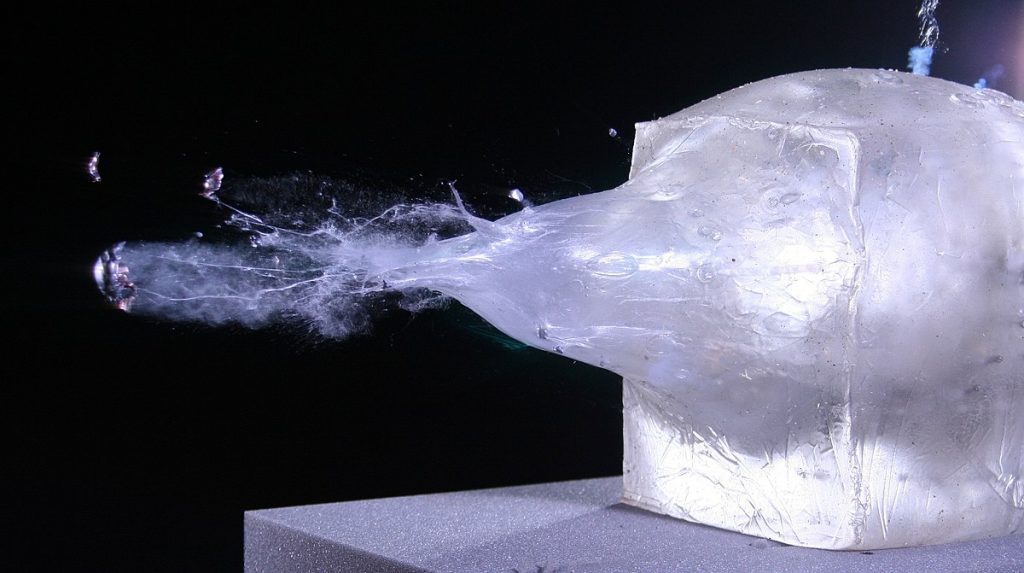
Most gelatin is made from the byproducts of the meat and leather industries, usually bones and skin. In its purest form, it’s 98 to 99 percent protein and is nearly tasteless and odorless. Its use dates back to the medieval era.

Gelatin ends up in obvious foods like gummies, but can also be used in a wide variety of ways to stabilize, thicken, and add texture to the things we eat. It’s also used to make modern film. Gelatin and animal glue are closely related, though use of the latter has largely disappeared, essentially eliminated by the invention of synthetic adhesives.
Bony Bits
Types of Bones
The dense, hard bone is called cortical bone. Cortical bones are primarily the “structure” bones.
The second type, trabecular bone, is soft and spongy. It’s often found inside large bones and in the pelvis, ribs, and skull. Though less dense than cortical bone, it’s quite hard and protective.
Inside the Bones
Bone marrow is a spongy substance found inside large bones like hips, pelvis, and femur. Bone marrow houses stem cells. Stem cells produce many of the body’s most important cells, including blood, brain, heart, and bone cells.
Bony Trivia
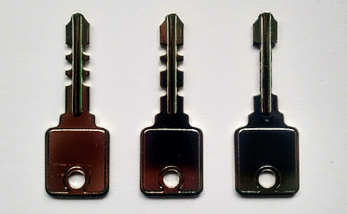
- There are 26 bones in the human foot.
- The human hand, including the wrist, contains 54 bones.
- The femur, or thighbone, is the longest and strongest bone of the human skeleton.
- The stapes, in the middle ear, is the smallest and lightest bone of the human skeleton.
- Arms are among the most commonly broken bones, accounting for almost half of all adults’ broken bones.
- The collarbone is the most commonly broken bone among children.
- Bones heal themselves. When you fracture a bone, your body will go to work producing new bone cells and helping heal the break. A cast or brace just ensures the bone heals straight so you don’t have more problems in the future.
- Bones are made up of calcium, phosphorus, sodium, and other minerals, as well as the protein collagen.
- Bones stop growing in length during puberty.
- Bone density and strength will change over the course of life, however.
- The only bone in the human body not connected to another is the hyoid, a V-shaped bone located at the base of the tongue.
- Bones are strong but teeth are stronger. The enamel on your teeth, which are considered part of your skeletal system, is actually stronger than bones. Enamel protects the delicate nerves and tissue inside your teeth. Inch for inch, your teeth can take more wear and tear than any of your other bones.
- Some people have 13 ribs. A 13th rib is rare — only 1 percent of people are born with it. In most people, this extra rib, called a cervical rib, can cause medical issues like neck pain. For that reason, people born with this extra rib often have it removed.
- Humans are part of a group of creatures called vertebrates. That means our bones are covered by a system of tissue and skin. Only 10 percent of the world’s animals (humans included) are vertebrates.
- It is possible for your muscles to contract so hard that they break your own bones. Tetanus cramps can cause the bone to snap under the pressure. More common are avulsion fractures, in which the muscle contracts so hard and so quickly that the tendon rips away and takes a chunk of bone with it.
Skeletal Forensics
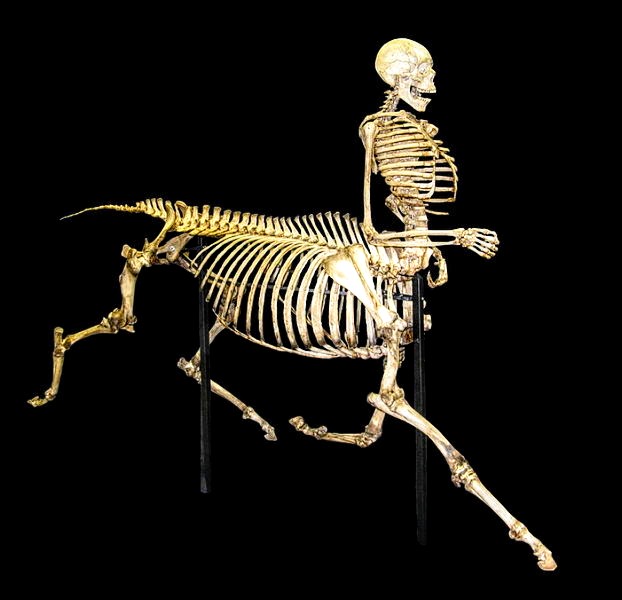
We’ve all seen movies or TV shows in which a skeleton is used to tell whether the dead person was male or female. Here’s how.
A female’s skeleton is usually much smoother and less knobby than a male’s. A male’s skeleton is usually thicker, rougher, and appears more bumpy. This is simply because males have larger muscles and therefore their skeletons require stronger attachment sites.
Differences in bone mass and geometry give males greater skeletal integrity, which may contribute to the lower incidence of stress and thin-bone (osteoporotic) fractures in males.
A male’s skull is usually bigger and bumpier than a female’s. There are specific anatomical differences in frontal brow, eye orbits, lower jaw, and shape of chin.
Examination of the pelvis is the easiest method to determine the sex of a skeleton. The female pelvis has a wider subpubic angle by 8-40 degrees, is rectangular (vs. triangular), and oval (vs. heart-shaped). The sacrum for females is shorter, broader and curved outward (vs. inward). All of this is to make childbirth easier. Women who have borne children have scars on the surface of their pelvis.
Bending the Bones
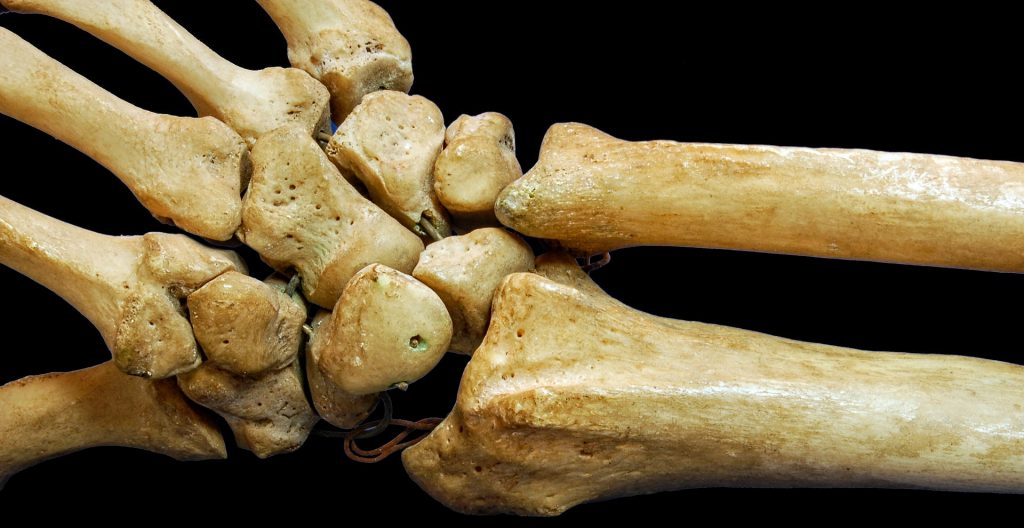
Don’t forget the joints! What would bones do without them? Not much.
- Joints are the place where two bones meet or connect.
- Ligaments are short bands of tough fibrous connective tissue that function to connect one bone to another, forming the joint.
- Tendons are made of elastic tissue and also play a key role in the functioning of joints. They connect muscle to bone.
- A coating of another fibrous tissue called cartilage covers the bone surface and keeps the bones from rubbing directly against each other.
- Some joints move and some don’t. Joints in the skull don’t move. Synovial joints are movable joints. They make up most of the joints in the body and are located mostly in the limbs, where mobility is critical. They contain synovial fluid, which helps them to move freely.
- Ball and socket joints, such as hip and shoulder joints, are the most mobile type of joint. They allow you to move your arms and legs in many different directions.
- Ellipsoidal joints, such as the one at the base of the index finger, allow bending and extending.
- Gliding joints are found between flat bones that are held together by ligaments. Some bones in the wrists and ankles move by gliding against each other.
- Hinge joints are those in the knee and elbow. They enable movement similar to the way a hinged door moves.
Bone Problems
Bones provide the structure for our bodies. Each bone plays a role in the mechanics of body function, so if a bone is broken, none of the bones around it can function properly. Bones get little attention unless injured or diseased.
Bone diseases can make bones easy to break. Different kinds of bone problems:
- Low bone density and osteoporosis, which make your bones weak and more likely to break
- Osteogenesis imperfecta makes your bones brittle
- Paget’s disease of bone makes them weak
- Bones can also develop cancer and infections
- Other bone diseases, which are caused by poor nutrition (e.g., rickets) genetics, or problems with the rate of bone growth or rebuilding
- Hip dysplasia
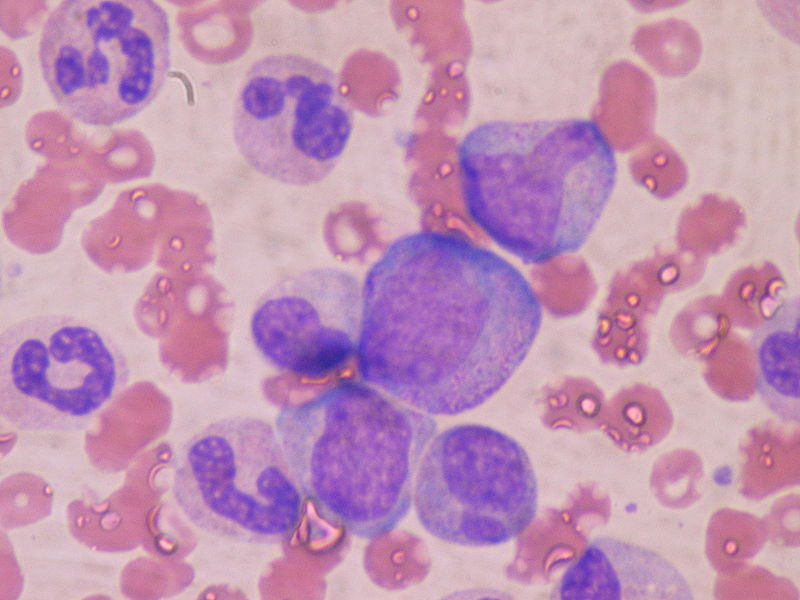
The importance of bone health is highlighted in National Osteoporosis Month, which is annually in May.
I, for one, think October should be National Bone Month. After all, it’s the month when we most often see and (for most often us) think about bones.
